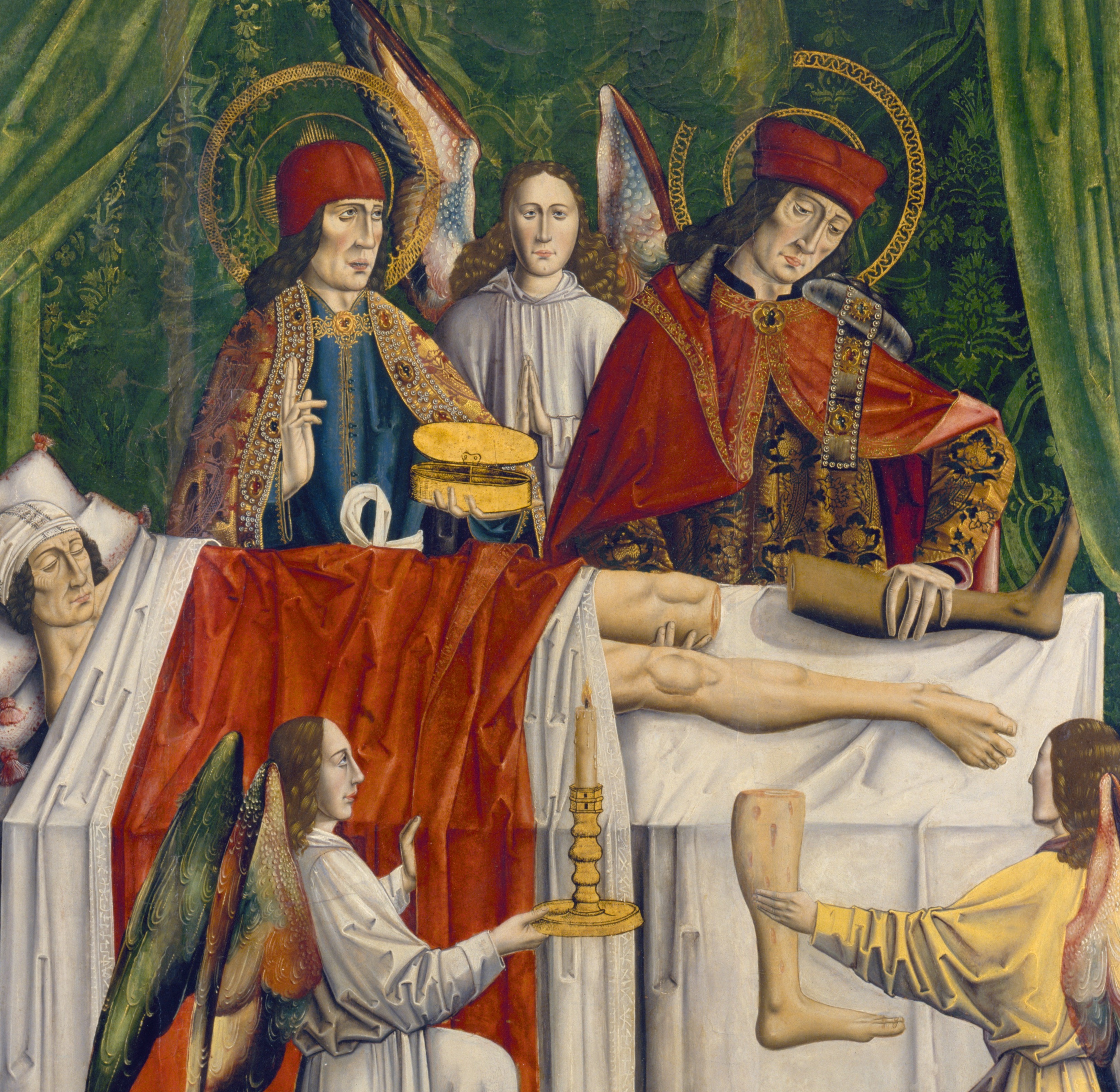One of the most controversial rulers of his time, Frederick was known for his grand ambitions in the political and cultural arena. Embroiled in a life-long clash with the papacy, which found itself between the Emperor’s lands in northern Italy and his Kingdom of Sicily in the south, he was excommunicated twice for ambitions and his disregard for Papal opinion. As well as his titles of Holy Roman Emperor and King of Sicily, he was also king of Germany and Jerusalem, gaining the latter title after deposing his own father-in-law to secure this long-term aim. Frederick was known for his great curiosity in science, and the lengths he would go to in his quest for knowledge and empirical understanding both fascinated and repelled his contemporaries.
Married at least three times, Frederick fathered eight legitimate children and had many mistresses and illegitimate children throughout his lifetime. This was not enough to secure the continuation of his line, however, and upon his sudden and unexpected death in 1250, his family did not continue for long.
Frederick II of Hohenstaufen, the man who was referred to by his contemporaries as ‘stupor mundi’ – which translates to ‘the astonishment of the world’ – was a remarkable man. Despite people not being shy to give an opinion on the controversial ruler, in many ways Frederick remains a shadowy half-figure in history, swathed in hearsay and rumour, mystery and myth. There is much that remains unknown and unexplained about this complicated ruler.
One of the shadier matters associated with Frederick are the tales told about the emperor by a monk named Salimbene. A contemporary of Frederick’s, Salimbene di Adam, or of Parma as he was sometimes called, was an Italian Franciscan monk. He joined the order in 1238 against the will of his father, and throughout his lifetime produced several works, the most famous known as Cronica or Chronicle. Another of his well-known works, and most relevant to learning more about Frederick, was The Twelve Calamities Of Emperor Frederick II. The purpose of this work was to highlight the faults and immoral nature of Frederick, including his lack of Christian piety and disinterest in supporting the Church of Rome. The work consists of a series of varied and descriptive examples intended to fully illustrate Frederick’s wickedness: among the most horrendous actions the monk attributes to Frederick was that he was guilty of performing a series of atrocious experiments on his fellow human beings during his reign.
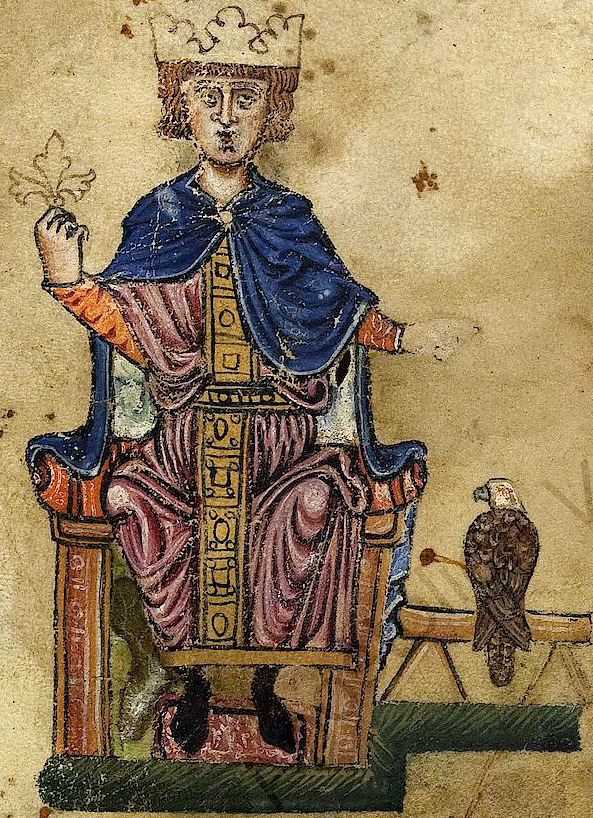
According to Salimbene, Frederick made good use of prisoners under his control. On one occasion the emperor had a hapless captive sealed inside a wooden cask or barrel, depriving him of food and water until the unfortunate man eventually, and no doubt excruciatingly, died. The whole process was closely observed throughout, especially as the man drew close to death, and a hole was made in the barrel for a purpose that soon became apparent. The point of the experiment was to test whether or not the human soul could be seen at the moment of death as it left the body for the afterlife that was said to follow.
In an even more gruesome experiment related by Salimbene, Frederick ordered that two prisoners be given dinner, each man to be fed the same food as the other. After eating, one of the men was then sent out hunting, while the other was told to go to bed and sleep off the meal he had just ingested. Unknown to the two men, Frederick intended to investigate the different effects that exercise and sleep might have on the digestion process. This was achieved in a most brutal manner: a few hours afterwards, Frederick had both men killed and disembowelled for the purpose of comparing the state of the contents of their stomachs, to see what had a greater effect.
Perhaps the most disturbing of all the experiments gleefully related by Salimbene, were the tests Frederick reputedly had carried out on infants. The origins of human language was something that fascinated the emperor greatly, and he embarked upon an experiment that, he hoped, would prove what was the original language of mankind. In his eagerness to determine what language had been given to Adam and Eve in the garden of Eden, Frederick gave a group of babies over into the care of nurses who were given strict instructions on how to raise them. The nurses were ordered not to interact with the children other than when strictly necessary; the infants could be fed and bathed, but no more, and they were not to be spoken to or cooed over under any circumstances.
Tragically for those involved, Frederick never got an answer to the question he posed, and the original language of mankind remained hidden from him. The children, starved of any form of affection, warmth and basic interaction, died, quite simply, of a lack of love. It is unclear how many infants were used in the experiment, or how many times it was carried out, let alone who the parents of these children were, but the fact remains that the experimentation was questionable in nature and not scientifically viable.
If even a grain of truth lay in Salimbene’s reports, the image created of the emperor is a chilling one. But what proof is there for the monk’s sensational claims? One thing that is clear about Frederick from the outset is that he had a strong, and at times overwhelming, interest in all matters biological. The ideas and approaches attributed to his experiments can be seen in his attitude and interests on a daily basis. For example, his keen concern in animals and nature was expressed through his less controversial, personal projects.
Frederick established several animal reserves in locations across his widespread kingdom, the most impressive example a ‘natural’ habitat for a variety of waterbirds that was maintained at the emperor’s expense. Frederick also owned many animals and he liked to take them on his travels, many of them either unknown or rare in the areas that he visited.
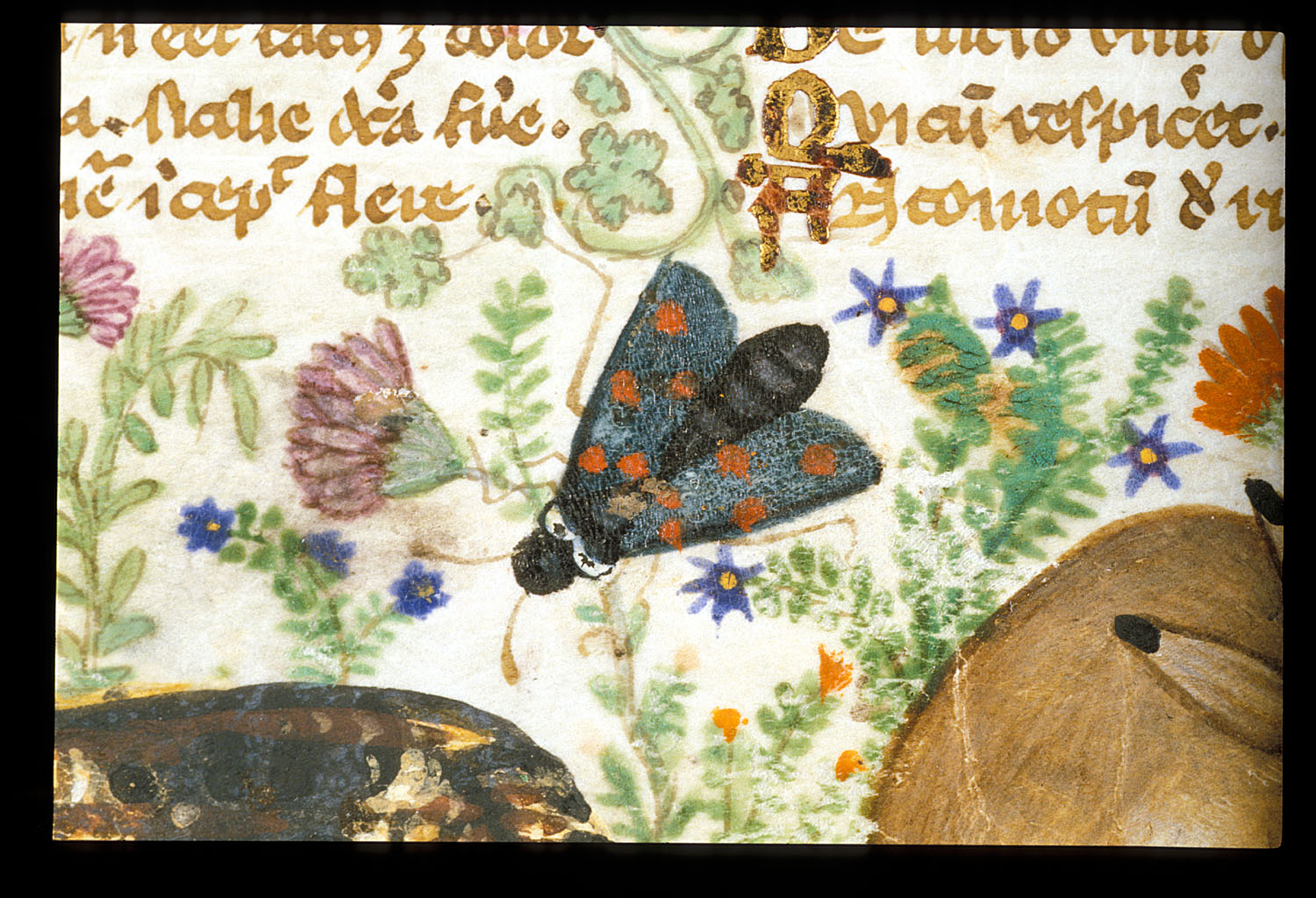
A visit to Ravenna in the winter of 1231 saw the emperor arrive accompanied by a selection of animals that included panthers, lions, leopards and camels. This was by no means a one-off and, in 1245 Frederick graced Santa Zeno in Verona with his presence, where the monks had to find room for 24 camels, five leopards and an elephant. Several years prior to that, Salimbene witnessed his menagerie as the emperor passed through Parma.
It was not only animals that caught Frederick’s attention. At various times on his travels he was accompanied by a host of curious companions, including conjurors and acrobats, eunuchs and slave girls, a troop of what could be classed as human curiosities for the enquiring mind of Frederick. It was also recorded by reputable sources, including Frederick’s own writings, that he carried out experiments, though of a less questionable nature than those recorded by Salimbene.
One such experiment involved establishing the longevity of fish; a copper ring was placed inside the gills and released back into the lake where it had been found. According to legend, the very fish was discovered in 1497: the copper ring was still in place, identified by a Greek inscription that read, “I am that fish which Emperor Frederick II placed in this lake with his own hand the fifth day of October 1230.” Whether or not this was purely apocryphal, that the experiment itself took place is not in question.
Frederick was also keenly interested in falconry and published a book on the subject. While standing out as being one of the first of its kind, the text also gives more evidence of Frederick’s inquisitive nature, outlining various experiments that he carried out to satisfy his curiosity on the nature and habits of the falcons in question.
It would seem, at first glance, that the experimental nature that Frederick was well known for could be an argument for there being truth in Salimbene’s accounts. The monk, however, had good reason to be biased against the Emperor, and it may be that Salimbene’s personal views at least somewhat coloured his portrayal of Frederick. In an age where religious belief was taken for granted and seen as part and parcel of a ruler’s lot, Frederick was a self-professed sceptic when it came to matters of religion, something that was deeply shocking to those around him.
Despite being the ward of the Pope after he was orphaned as a child, it does not appear to have nurtured a religious nature – on the contrary, he considered himself a good Christian – and at various points was accused of blasphemy and holding heretical ideas. Furthermore, he was excommunicated on two occasions; showing a blatant disregard for the Church of Rome, and paying no attention to the sanctions imposed upon him, Frederick was said to have called Moses, Muhammed, and even Jesus, frauds.
Salimbene, a man of God and a supporter of the papacy, saw in this further evidence that Frederick was a dangerous man. Despite the reputation of his order for being leaders in scientific matters, Salimbene did not share that trait and was quite the opposite, so much so that he made a point of dismissing Frederick’s experiments and ideas as superstitious nonsense.
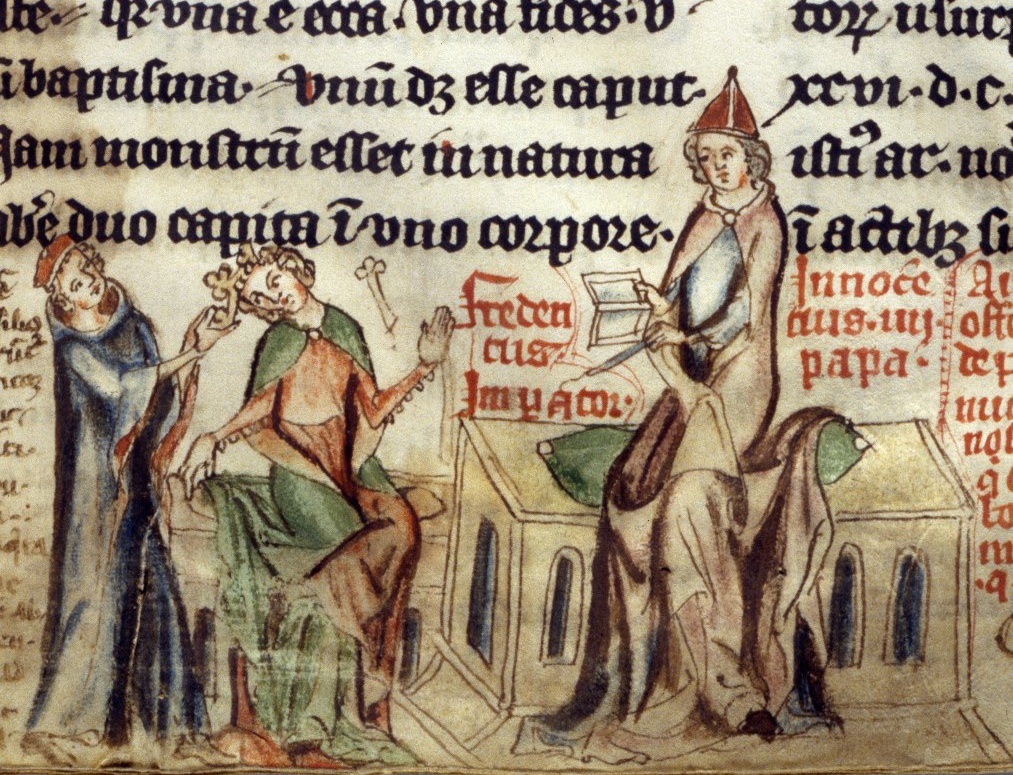
Although he could be charming, the lecherous, cunning, greedy side of the Emperor was more often than not at the fore, the man quick to temper and slow to forget. Salimbene relates with some relish of how Frederick ordered a notary to have his thumb cut off for nothing more than not writing his name in the manner the emperor wanted. The gruesome digestion experiment is put down to nothing more than idle curiosity by Salimbene, painting a picture of a man that would cause such harm for nothing more than proving or disproving a whim.
The monk was not the only one to view Frederick in a less than flattering light. Pope Gregory IX referred to him as the predecessor to the Antichrist himself and he was also named by Dante as belonging to the sixth region of Hell, that assigned to heretics. There were many others who shared that opinion, and things that today would be taken as toleration – for example Frederick’s cosmopolitan court and his seeming tolerance of other religions – were seen as further evidence of his demonic nature. Frederick’s thirst for empirical knowledge and experimentation were not shared by the majority of his contemporaries, causing him to stand out and, even in areas which we would today consider enlightened, he was viewed at times with suspicion.
Another argument against the reliability of Salimbene’s account is that the monk had little contact with Frederick. Apart from a glimpse caught of the Emperor during his Parma visit, the monk had no actual links with or connection with Frederick’s court. It is possible therefore that Salimbene, already predisposed towards disliking the emperor, was merely repeating gossip and rumours that he had heard elsewhere rather than having first-hand information.
Today we reflect on his experiments without prejudice, but at the time of his writing, Salimbene expressed criticism and wrote as though expecting his contemporaries to share his views. Committed as he was to his task of casting Frederick in the role of the Antichrist, was Salimbene therefore looking for evidence to prove his point, leaping on unsubstantiated rumours that he then repeated? It has also been suggested that Salimbene was simply taking and modifying examples from ancient texts and applying them to Frederick in an attempt to further support his own arguments and besmirch the emperor’s name, something which it seems he was greatly successful at.
Despite Salimbene’s animosity towards Frederick, there are further arguments for his relation of the experiments being true. It has been argued that the stomach-churning nature of the experiments said to have been carried out by Frederick is the very point that argues for them being true; they were so terrible and out of the ordinary that it was therefore unlikely that the details were fabricated. At least in the case of the language experiment, Frederick was not the only ruler said to have had interests in that area, and there were others who experimented with language in an attempt to find it’s original source throughout history.
The Egyptian pharaoh, Psamtik I, was said to have carried out a similar experiment in which he came to the conclusion that the Phrygian race came before his own due to the spurious interpretation of an infant’s babble as the Phrygian word for bread. The fact he was able to find a supposed answer to his question indicates that, if he did carry out the experiment ascribed to him at all, it was unlikely he deprived the children to quite the same extent as Frederick.
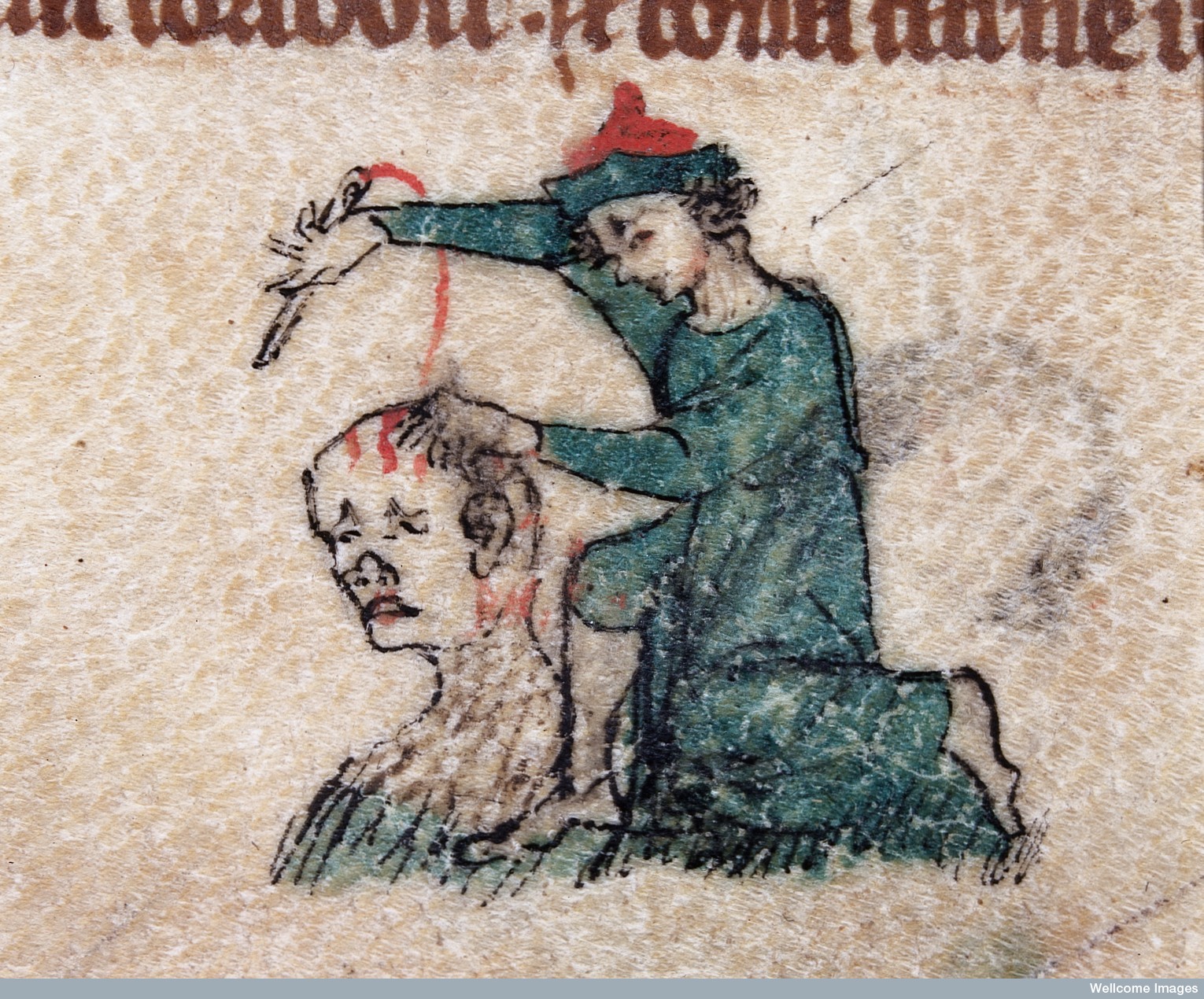
Another ruler on the same quest was James IV of Scotland. According to reports, two children were isolated on an island and raised by a woman who was mute in order to see what language, if any, they would develop. The outcome seemed to prove that language was innate rather than learned as the children were claimed to have started to speak in Hebrew. There was, however, great scepticism regarding these claims, even at the time, and there were those who felt the experiment had been a sham from start to finish. The phenomenon that derailed Frederick’s own experiment – the expiring of the children due to want of affection and attention – is one that is well known today.
Studies in the 1990s of children in Romanian orphanages proved what had been increasingly suspected: that children deprived of love and warmth in their early years were left physically and emotionally impaired by such neglect, a state that worsened the longer they were subjected to the crowded, unloving conditions. On the reverse it became apparent that providing a child with love and care could be a hugely transformative force, and the importance of affection for a child became proven once and for all. For Frederick’s time, however, the connection made between lack of attention and the death of the children in the experiment was very ahead of its time, the first stirrings of such a belief not evolving elsewhere until the 18th century. This fact in itself suggests that the experiment, or at least a variation of it, may well have been carried out by the emperor in his quest for knowledge, the interpretation of the result setting him several centuries ahead of his time.
Was the Emperor, therefore, the monster he has so often been painted? Even Salimbene with his open criticism of the Emperor could not deny that Frederick had his good points, admitting that he was known to be charming and intelligent, well-mannered and hard working. In 1224, Frederick founded the University of Naples, (today known as the Universita Federico II in honour of its founder) and he was known as a patron of the arts and culture within his own lands and beyond. Frederick’s prowess and development of ideas in relation to hunting and falconry have already been noted, and he was also to be credited with promoting good hygiene practices within the army, during medical procedures such as blood letting, and where diet and bathing were concerned.
Although his religious beliefs, or lack of them, was viewed with suspicion by those around him, it meant that he showed marked tolerance where others did not. For example, he not only refused to massacre Muslims when given the opportunity, but instead took them into his forces own armed forces and even his personal bodyguard. The Holy Roman Emperor likewise made use of Sicilian Jews, many of whom had been expelled from elsewhere, in translating Arabic and Greek texts, setting Sicily in the role of promoter and preserver of Eastern writings and their transmission to Western Europe.
At his death, there was hope by the lower orders that Frederick would return, and there are intriguing similarities between the legends of Frederick and those of the now more famous King Arthur. Tales from the13th century located Mount Etna as the legend’s resting place, and Frederick was originally said to have been waiting beneath that very same mountain, waiting for the right time to return to the world. A controversial figure in life and death Frederick remains to this day, with a statue of the emperor having been the subject of dispute in the square in Jesi where he was born. Monster and tyrant or enlightened and modern, the truth of Frederick’s experiments will never be known, the real emperor behind the legend remaining, for now, out of reach.
For more incredible stories of Medieval monarchs, subscribe to History of Royals and get every issue delivered straight to your drawbridge.
Sources:
- D Abulafia, Frederick II: A Medieval Emperor, Allen Lane 1998
- RD Bressler, Frederick II: The Wonder Of The World, Westholme Publishing 2015
- F Hohenstaufen, S Sloane, ed, The Art Of Falconry, Ishi Press 2010
- G Masson, Frederick II of Hohenstaufen: A Life, Martin Secker and Warburg 1957
